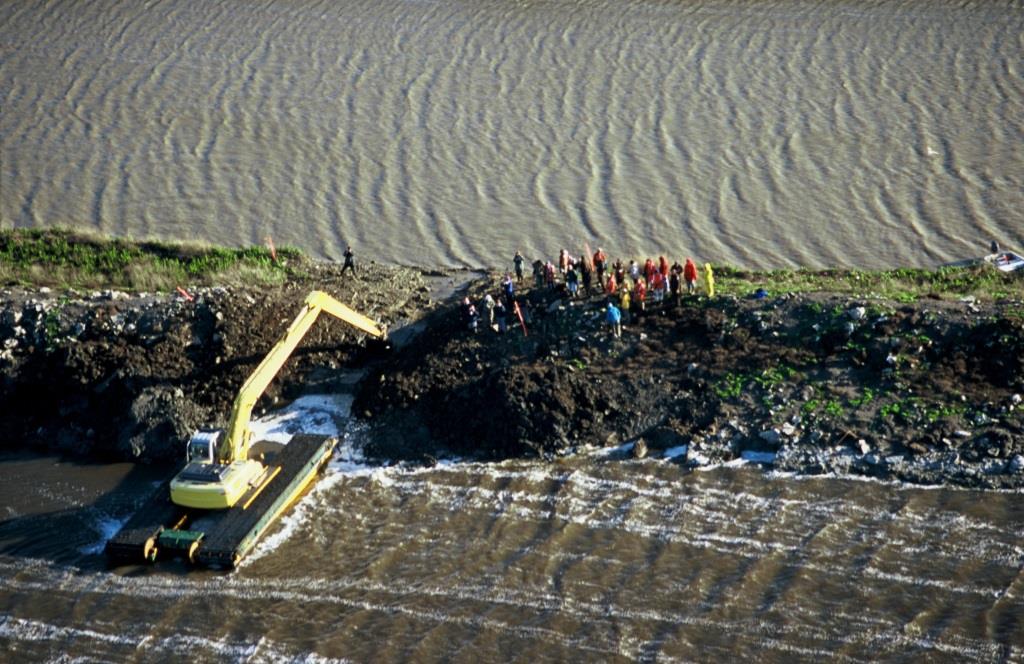Remaking the Connections
Remember craigslist?
Seems like a million years ago, and it was definitely pre-social media, but craigslist was a virtually free online, geographically oriented marketplace for housing, vehicles, furniture, recreation equipment, dates, and whatever else. Back in the day, I found one apartment, multiple housemates, and a bicycle using craigslist, and it didn’t cost me a thing.
Not sure exactly why that business model didn’t continue to dominate…but “CL” still exists! One of the oddest and most entertaining parts of the site is the Missed Connections section. In it, people would post notes to people they’d seen out in the world and thought looked interesting. They’d include location details and clothes or appearance to help the reader know who they meant. Here’s one from today:
“We just passed each other at the market on Taraval Street. That was just a good friend I was with. If you see this, drop a line.”
It’s hard to believe that big of a long shot has ever worked in the history of humanity…but I digress.
What I wanted to get to was all of the “missed connections” between the creeks that drain our local watersheds and the tidal marshes and mud flats of San Francisco Bay.
Sediment supply is a big deal in the Bay Area. In the pre-development times, sediments carried by these streams were deposited onto the mudflats or in the marshes, providing an ongoing natural supply that helped the marshes adapt to changes in tidal elevations over time. But almost all of these creeks have been dammed, channelized, leveed, or otherwise modified for flood management, water supply, or development reasons, and so the sediment gets trapped behind dams, deposits in creeks, or shoots speedily all the way out into the deeper waters of the Bay. It either never reaches the areas where it is most needed, or it bypasses them.
Because of expected sea level rise and reduced sediment supplies from the Sierra Nevada, we need more sediment than ever, and are definitely missing those connections now. Makes me want to write a CL ad.*
Anyway, one of the best tools we have to address the sediment supply issue is to reconnect these creeks to our marsh restoration areas. This would not only help our restoration efforts succeed, but if properly done, it could also reduce creek maintenance costs and associated upstream flood risk. Our Project has completed a few of these reconnections with creeks and watersheds in the South Bay, including Guadalupe River and Coyote Creek near and around San Jose. We’re also working toward others, including Stevens Creek, as part of our Phase 2 work at the Mountain View Ponds; at Calabazas and San Tomas Aquino Creeks on the northern end of San Jose, in a joint project we are advancing with Valley Water; and at Alameda Creek near Union City at our Eden Landing Ponds.
We’re hoping that we can keep fixing these missed connections.
*You: A seasonally spiky creek that flows past me every day. I catch your eye on occasion, but we never quite get over the wall between us. Me: An earnest, 120-acre former salt-production pond looking for a lifestyle change. In search of dirt and connections to a stream and full tidal exchange. Coffee?


